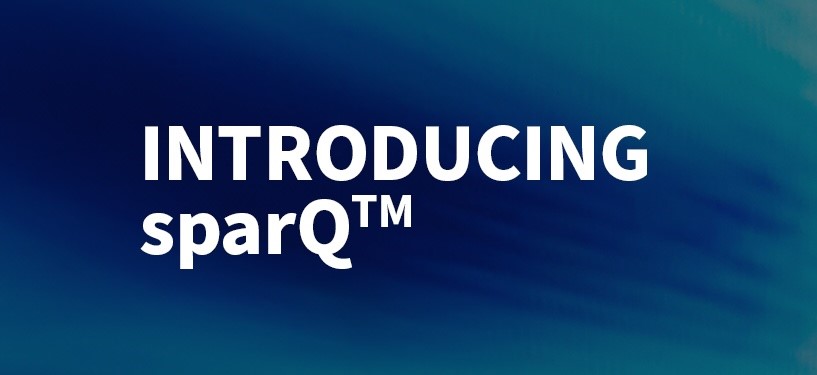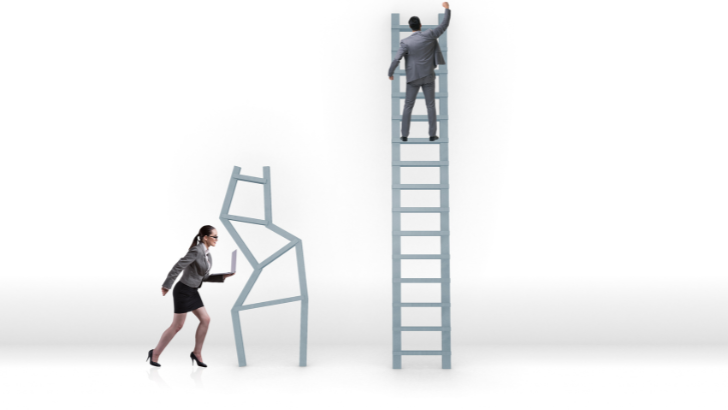“Ok boomer.” “Millennials are so entitled.” “Gen Z are a bunch of sensitive snowflakes.” Generational stereotypes and clashes exist at large in work culture and in the office. But with an astonishing five generations currently in the workplace at once, these stereotypes are often harmful to relationships between leaders and their teams.
The truth is that all generations have a huge amount to offer one other and their companies. The key to managing multiple generations is avoiding stereotypes while understanding what matters to each cohort of workers—this knowledge will help managers and leaders support each group and encourage intergenerational collaboration.
The Generations at Work
An unprecedented five generations are currently working together (as recently as 1994, there were only three). As of 2018, the most recent year for which data is available, the generations in the workforce according to Pew Research were:
- Silent/greatest generation (born in 1945 or earlier): 2%
- Boomers (born between 1946 and 1964): 25%
- Gen X (born between 1965 and 1980): 33%
- Millennials (born between 1981-1995): 35%
- Gen Z (born in 1996 or later): 5%
This mix of generations reflects several trends across the workplace. The percentage of people over 65 in the workplace has doubled since 1985 to 20%, and women make up 51% of the workforce today.
The way work is conducted has shifted significantly in the past few decades, and the rate of change is only accelerating. The desk with a telephone and file folders stacked high is mostly a relic of the past. Tech tools like Slack and Zoom have helped remote and hybrid work and collaboration thrive, with a big push from the pandemic.
But these large, swift shifts can often increase the divide between generations in the workplace. Each generation entered the workforce at very different times and became accustomed to different ways of getting work done.
Resorting to lazy stereotypes is often an attempt to develop a coherent theory of how to manage multiple generations. While it’s an understandable urge, that doesn’t mean it’s a helpful one. Here are some strategies to try instead.
Strategies for Managing Multiple Generations
Ask Employees What They Prefer
Instead of relying on stereotypes and sending all of your millennial employees’ direct messages while calling your Boomer team members (or asking your Gen Z colleague how to use TikTok), simply ask your team what they prefer and work to stick to that.
This question can be about communication preferences, benefits and perks, career development opportunities, and anything else where employees might have an individual preference.
Work and life events have an influence on generations—like the 2008 recession on millennials and the dot-com boom on Gen Z—but individual preferences are much stronger than the year a person happened to be born.
Great intergenerational collaboration and cooperation begins with open and clear communication, and that means holding two-way dialogues for leaders. Ask your employees what they want and truly listen to their answers, and you’ll foster better relationships with your workers of all ages.
Consider Life Stages Instead of Generations
The expected life path for preceding generations was fairly linear for most people: enter the workforce after finishing high school or college, buy a house, get married and have children, move up the seniority ladder, and retire at 65.
But for most generations in the workforce today, those life stages aren’t happening on such a strict schedule.
- Many silent generation-ers and boomers are retiring later because of smaller retirement savings or a desire to stay active and productive longer.
- Many Gen Y workers are sandwiched between caring for their parents and their children.
- Many millennials are buying houses and starting families later because of student debt.
- Many Gen Z employees began their careers in the midst of a pandemic and a sudden shift to remote work.
Offering flexibility where possible to all of your workers can help bridge many of these gaps.
This can be flexibility in when and where work is done, like remote work options and a flexible work schedule, to help employees at all life stages balance their work obligations with their personal lives. It can also mean flexible benefits and perks that appeal to employees with all kinds of different needs and preferences.
Ultimately, managing multiple generations in the workplace comes down to appreciating everything that each employee offers to your team and your organization, no matter what year they were born. Each employee brings a different perspective and experience to their role—celebrate and make good use of them, and your team will be stronger for it.
___
This post was originally published on the Cangrade blog.




